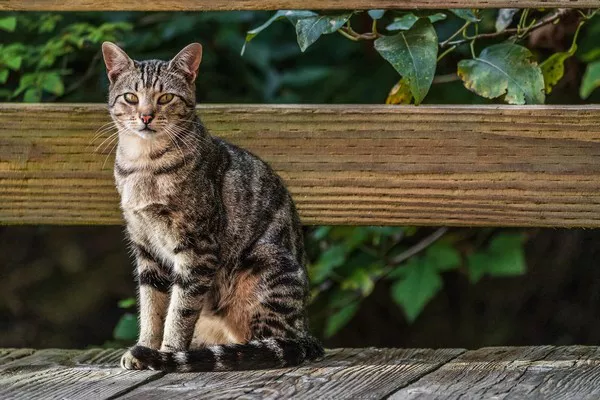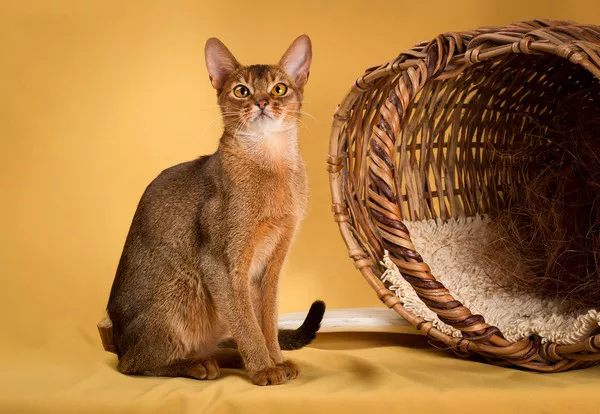One of the most common dilemmas faced by cat owners is whether to let their feline companions roam freely outdoors or keep them safely confined indoors. This decision is not to be taken lightly, as it significantly impacts your cat’s safety, well-being, and overall quality of life. In this article, we’ll explore the pros and cons of both indoor and outdoor living for cats, providing you with valuable insights to help you make an informed choice that suits both you and your furry friend.
Indoor Cats: The Safe and Sheltered Life
Pros:
1. Safety and Health
Indoor cats are shielded from the dangers of traffic, predators, and potential accidents. This significantly reduces their risk of injury and premature death.
They are less likely to contract diseases from other cats, wildlife, or parasites, contributing to a longer and healthier life.
2. Environmental Conservation
Keeping your cat indoors helps protect local wildlife from predation. Cats, especially when allowed outdoors, can have a detrimental impact on bird populations.
3. Controlled Diet and Weight Management
Indoor cats have controlled access to food, making it easier for owners to manage their diet and prevent obesity.
4. Reduced Strain on Local Animal Shelters
By keeping your cat indoors, you reduce the likelihood of them getting lost or abandoned, which in turn lessens the burden on local animal shelters.
Cons:
1. Limited Exploration
Indoor cats have a restricted environment, which may lead to boredom and frustration. Providing stimulating toys and playtime can help alleviate this.
2. Potential Behavioral Issues
Some indoor cats may exhibit behavioral problems, such as excessive meowing, scratching, or aggression. Enrichment activities can help combat these issues.
Outdoor Cats: The Call of the Wild
Pros:
1. Natural Behavior
Outdoor cats can express their natural hunting and exploring instincts, leading to mental and physical stimulation.
2. Freedom and Independence
Cats are independent creatures, and outdoor access allows them to come and go as they please, satisfying their wanderlust.
3. Social Interaction
Outdoor cats may have the opportunity to interact with other cats, providing socialization and mental stimulation.
4. Reduced Boredom-Related Issues
Outdoor cats are less likely to suffer from boredom-related behavior problems, such as destructive chewing or excessive vocalization.
Cons:
1. Safety Hazards
Outdoor cats face numerous dangers, including traffic accidents, fights with other animals, and exposure to disease.
2. Impact on Wildlife
Cats are natural predators and can significantly impact local wildlife populations. This can be a concern for conservationists.
3. Shortened Lifespan
Outdoor cats tend to have a shorter lifespan compared to their indoor counterparts due to the increased risks they face.
Hybrid Approach: A Compromise for Some
For those who want to strike a balance between indoor and outdoor living, a hybrid approach is an option. You can create a safe and enclosed outdoor space, often referred to as a “catio,” where your cat can experience the outdoors while remaining protected. These spaces provide a controlled environment that offers many of the benefits of outdoor exploration without the associated risks.
Factors to Consider When Deciding
1. Cat’s Personality
Consider your cat’s temperament and how they may adapt to indoor or outdoor living.
2. Local Environment
Take into account your local neighborhood, traffic patterns, presence of predators, and wildlife.
3. Health and Age
Older or less healthy cats may be better suited to indoor living, while younger and more robust cats might thrive outdoors.
4. Your Lifestyle
Your daily routine and availability for play and interaction should also factor into your decision.
Conclusion
In conclusion, the choice between indoor and outdoor living for your cat is a significant decision that impacts their safety, health, and overall quality of life. While each option has its pros and cons, it’s crucial to prioritize your cat’s well-being and safety above all else. Consider their individual needs, your local environment, and your ability to provide mental and physical stimulation. Whether you choose to keep your cat indoors, allow outdoor access in a controlled space, or let them roam freely, make an informed decision that ensures a happy and healthy life for your feline friend.



























